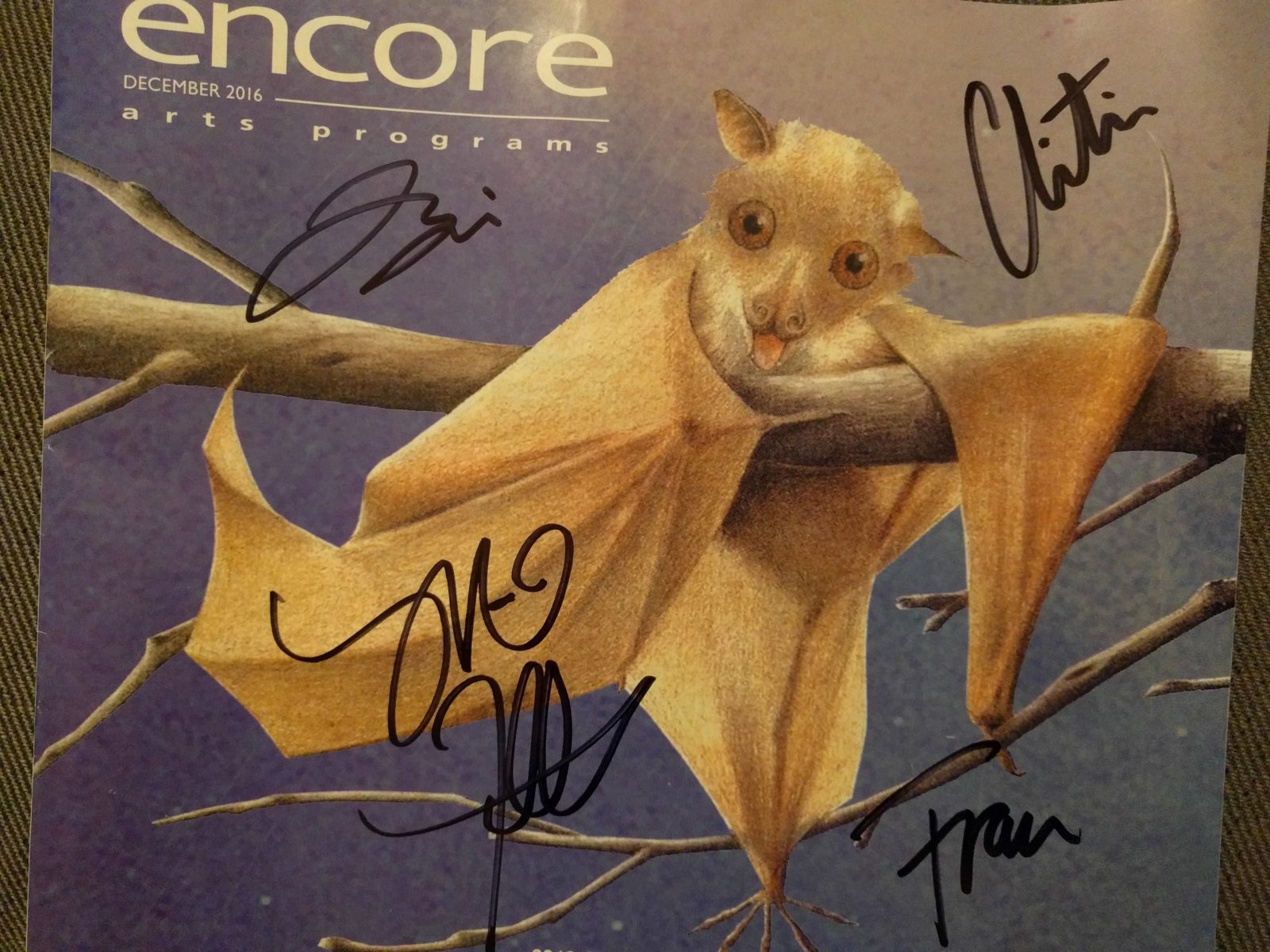In 2016 I’m doing a 365 Nature project. Learn more about the project and see all the 365 Nature posts.
This morning was cold, the first really cold day we’ve had this autumn after a record-breaking warm start to the season. The temperature was in the lower 40’s and was unexpected. I had adapted to the warmer days and had rather forgotten what the normal temperatures should be. I’m glad I had the foresight to put some gloves and a hat in the car earlier in the season.
My walk today was very misty, which for a glasses wearer is worse than rain. The mist always drifts in and covers my glasses, making it hard to see. It didn’t stop me from making an interesting discovery though, a branch full of a yellow slime mold. What I found interesting about this particular slime mold, was the visible tendrils between the patches of dense slime. From the slime molds I’ve found before, this part is usually hidden.
The slime mold lines branched out from the bottom of the branch like a tree, forking repeatedly outwards and upwards. The yellow slime mold had spread across the branch and onto surrounding bits of wood as well. It’s easy when looking at the growth of a slime mold to see where science fiction gets ideas from. Although I know it’s harmless, it does look rather alien, like it could swallow up an entire city in time.
We often snicker at what people in medieval times believed about nature, but it’s not so hard to believe when confronted with something so completely unknown, like slime mold. I think it’s the reason our initial reaction to things like strange insects or fungi is to treat it with extreme apprehension. We’re not really so far removed from those ancient beliefs.






